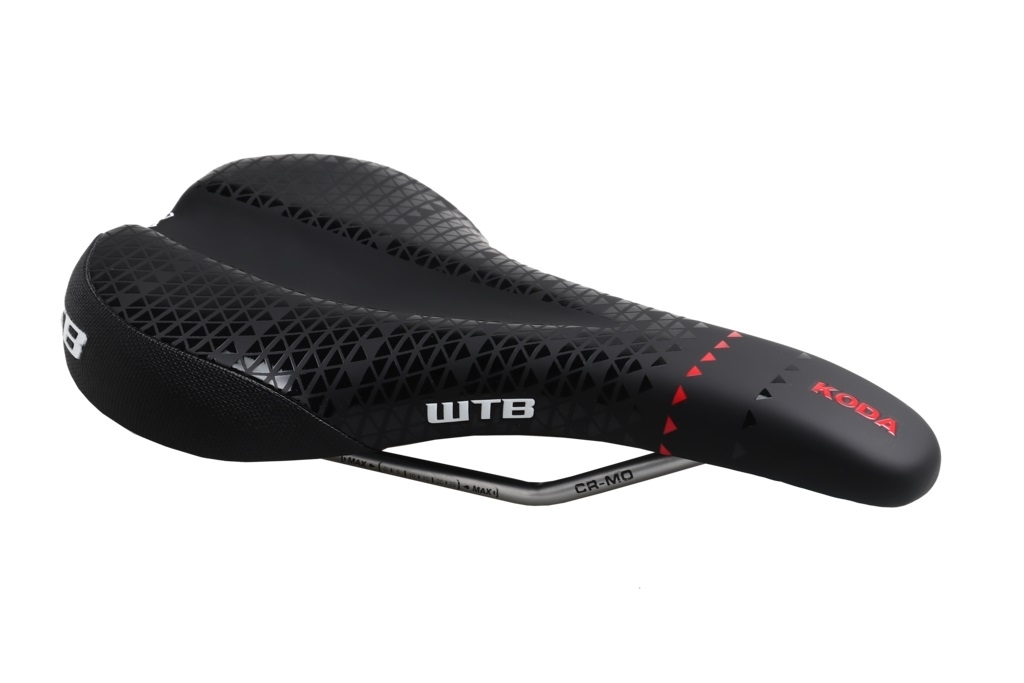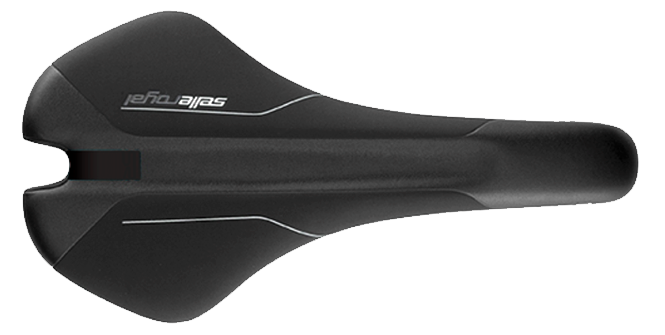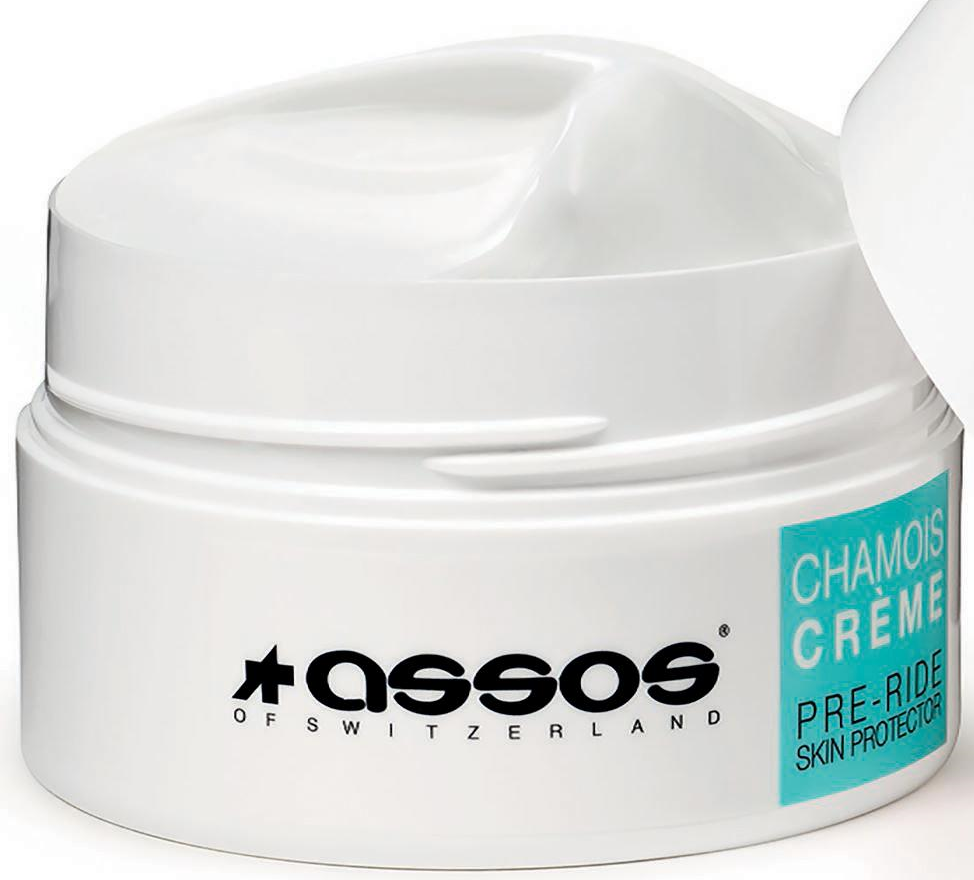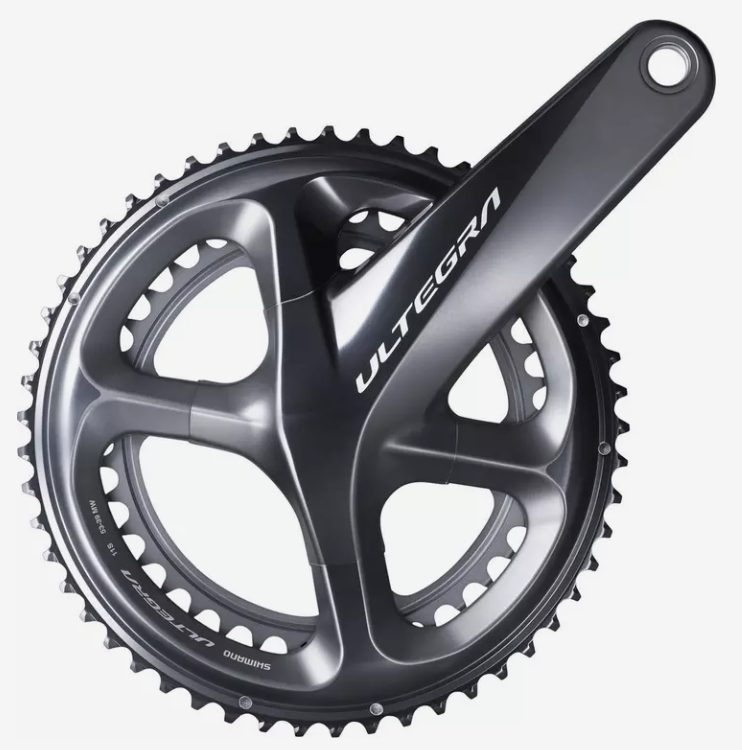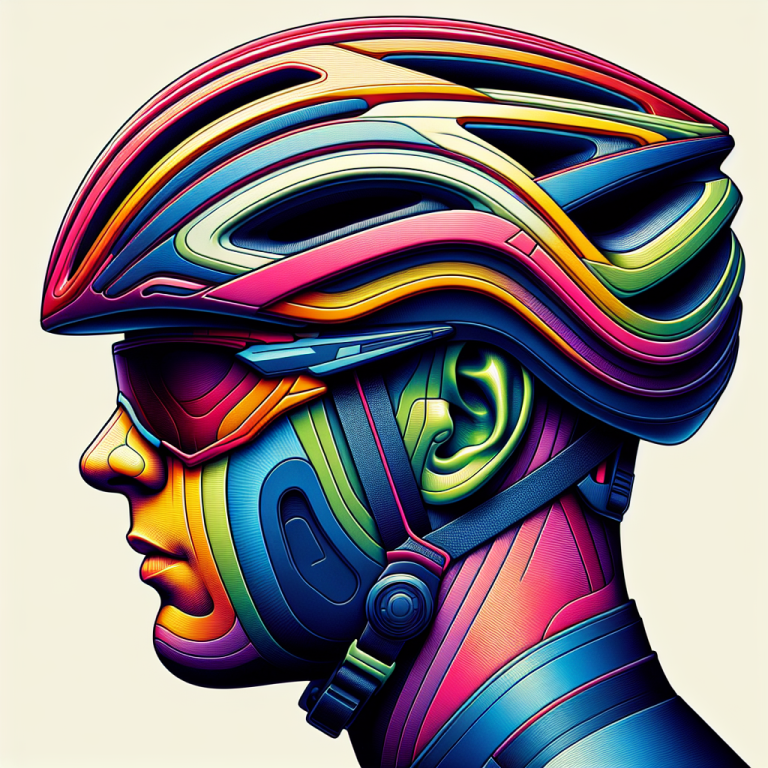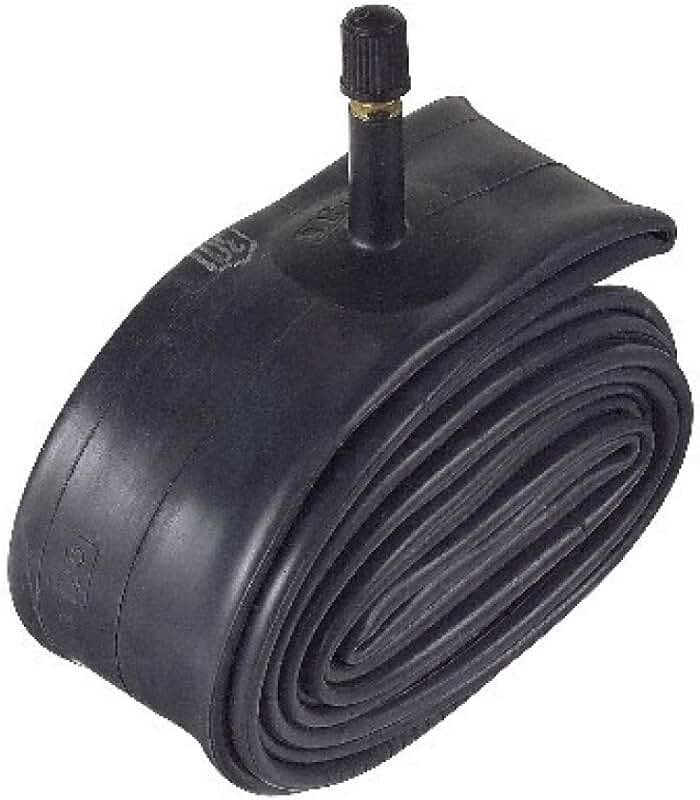Are you tired of experiencing discomfort in your posterior region while cycling? Look no further, as this article will provide you with practical tips on how to alleviate the pain and enjoy cycling to the fullest. Whether you’re a casual rider or a seasoned cyclist, there are simple adjustments and techniques you can try to ensure a pain-free ride. Say goodbye to saddle soreness and hello to comfortable cycling adventures!
Table of Contents
ToggleChoosing the Right Bike Seat
Understanding Different Types of Bike Seats
When it comes to choosing the right bike seat, it’s important to understand the different types available. There are a few common types of bike seats, including saddles, which are designed for road or mountain bikes, and comfort seats, which are wider and more cushioned for a more relaxed riding position. Understanding the different types of bike seats will help you determine which one is best suited to your specific needs and riding style.
Consider the Width of the Seat
One key factor to consider when choosing a bike seat is its width. The width of the seat should match the width of your sit bones, which are the bony protrusions at the bottom of your pelvis. To measure your sit bone width, you can use a specialized tool or visit a bike shop that offers sit bone measurement services. Choosing a seat that is too narrow or too wide for your sit bone width can lead to discomfort and pain during your rides.
Opt for a Seat with Proper Padding
Another important factor to consider when choosing a bike seat is the amount of padding it provides. A seat with proper padding will help to absorb and distribute the pressure exerted on your sit bones, reducing the risk of discomfort and pain. However, it’s important to strike a balance – a seat with too much padding can lead to a sinking sensation and put unnecessary pressure on other areas of your body. Therefore, it’s crucial to find a seat with adequate padding that provides both support and comfort.
Look for a Seat with a Cutout
Many bike seats come with a cutout or groove down the center. This design feature is intended to relieve pressure on your perineum, which is the area of soft tissue between your sit bones and genitals. By reducing pressure on this area, a seat with a cutout can help prevent numbness, tingling, and discomfort during your rides. However, it’s important to note that not everyone finds a cutout seat comfortable, so it’s worth trying different options to find the one that suits you best.
Consider the Shape of the Seat
The shape of the seat plays a significant role in determining your comfort while cycling. There are various seat shapes available, including flat, curved, and semi-curved. Flat seats are generally preferred by riders who prefer an aggressive, forward-leaning riding position, while curved seats are often favored by riders who prioritize comfort and a more upright riding posture. It’s important to consider your riding style and preferences when choosing the shape of your bike seat to ensure a comfortable and enjoyable cycling experience.
Ensuring Proper Bike Fit
Adjusting the Seat Height
Proper bike fit is crucial to prevent discomfort and pain while cycling, particularly in the buttocks area. One of the most important aspects of bike fit is adjusting the seat height. To determine the correct seat height, sit on your bike with your heels on the pedals. Your legs should be fully extended with a slight bend in the knees when the pedals are at their lowest position. Finding the optimal seat height will help to ensure proper leg extension and minimize strain on your buttocks.
Ensuring Proper Seat Tilt
The tilt of the bike seat also plays a significant role in ensuring a comfortable riding experience. Ideally, the seat should be level or tilted slightly downward at the front. A seat tilted too far upward can put excessive pressure on your perineum, leading to discomfort and numbness. On the other hand, a seat tilted too far downward can cause you to slide forward, resulting in friction and chafing. It’s important to find the right balance to maintain a comfortable and natural riding position.
Positioning the Seat Horizontally
In addition to seat tilt, the horizontal positioning of the seat is equally important. The seat should be positioned in a way that aligns your sit bones directly over the widest part of the seat. This alignment ensures proper weight distribution and prevents excessive pressure on specific areas, helping to reduce the risk of discomfort and pain. To adjust the horizontal position of your seat, loosen the seat clamp and slide it forward or backward until you find the optimal position.
Checking Handlebar Position
The position of your handlebars can also impact the comfort of your bike ride. Improper handlebar position can lead to a forward-leaning posture, which may increase pressure on your buttocks. To ensure the correct handlebar position, they should be positioned slightly higher than the seat. This position promotes a more upright riding posture, reducing strain on your buttocks and providing a more comfortable experience. Adjusting the handlebar position can be done by loosening the stem bolt and raising or lowering the handlebars to your desired height.
Wearing Proper Cycling Shorts
Invest in Quality Cycling Shorts
One of the most effective ways to prevent bum pain while cycling is by wearing proper cycling shorts. Investing in high-quality cycling shorts specifically designed for long rides can make a significant difference in your comfort level. Look for shorts made from breathable and moisture-wicking materials that provide proper support and cushioning. Quality cycling shorts are often equipped with chamois padding, which helps to absorb shock and reduce pressure on your buttocks.
Consider the Padding Thickness
When choosing cycling shorts, it’s essential to consider the thickness of the padding, also known as the chamois. The thickness of the chamois can vary, and it’s important to find the right balance. Too much padding can create a bulky feeling and restrict your movement, while too little padding may not provide enough cushioning to prevent discomfort. Opt for a padding thickness that suits your personal preferences and riding style, ensuring a comfortable and pain-free experience.
Ensure a Snug Fit
Proper fit is crucial when it comes to cycling shorts. Ill-fitted shorts can cause friction, chafing, and discomfort. When trying on cycling shorts, make sure they fit snugly without feeling too tight or restrictive. The shorts should conform to your body shape, providing support and allowing for freedom of movement. Avoid shorts that bunch up or have excess fabric, as they can cause irritation during longer rides. Remember, a well-fitted pair of cycling shorts can go a long way in preventing bum pain.
Avoid Wearing Underwear with Cycling Shorts
It’s important to note that cycling shorts are designed to be worn without underwear. The padding in cycling shorts is designed to function best when it comes into direct contact with your skin. Wearing underwear with cycling shorts can create additional layers, leading to friction and discomfort. To prevent bum pain, it’s best to wear cycling shorts alone, allowing the chamois to function optimally and provide the necessary cushioning and support.
Maintaining a Proper Cycling Position
Maintain a Neutral Spine Position
Maintaining a neutral spine position while cycling is crucial for preventing discomfort and pain in the buttocks area. To achieve a neutral spine, focus on keeping your back straight and avoiding excessive rounding or arching. Imagine a straight line extending from your head down to your tailbone. This posture helps to distribute your weight evenly and reduce pressure on your buttocks.
Relax Your Upper Body
Tension in your upper body can contribute to discomfort and pain in your buttocks while cycling. When riding, make a conscious effort to relax your shoulders and avoid hunching or tensing your upper back and neck muscles. Keeping your upper body relaxed allows for a more fluid and natural cycling motion, reducing the strain on your buttocks and promoting overall comfort.
Engage Your Core Muscles
Strengthening and engaging your core muscles can play a significant role in maintaining a proper cycling position and preventing bum pain. Your core muscles provide stability and support for your spine and pelvis, helping to distribute the weight more evenly and reduce stress on your buttocks. Incorporate core-strengthening exercises into your fitness routine to build strength and improve your overall cycling posture.
Bend Your Elbows
Proper arm position is often overlooked but can greatly impact your riding comfort. Bend your elbows slightly while cycling to absorb shocks and vibrations from the road. Straight arms can transmit more shock and strain to your upper body and buttocks. Keeping a slight bend in your elbows acts as a natural suspension system, reducing the impact on your bum and promoting a smoother, more comfortable ride.
Performing Stretching Exercises
Stretch Your Hip Flexors
Tight hip flexors can contribute to discomfort in the buttocks while cycling. To prevent this, incorporate hip flexor stretches into your pre and post-cycling routines. One effective stretch is the kneeling hip flexor stretch. Kneel down with one leg in front of you, keeping your knee bent at a 90-degree angle. Lean forward slightly, feeling a stretch in the front of your hip. Hold the stretch for 20-30 seconds on each side to help alleviate tightness and improve mobility.
Strengthen Your Glutes
Strong glute muscles provide support to the pelvis and help stabilize your body while cycling. Engaging in glute-strengthening exercises, such as squats, lunges, and bridges, can help prevent bum pain. These exercises target the gluteal muscles, improving their strength and endurance. By strengthening your glutes, you’ll be able to better distribute the pressure on your buttocks and reduce the risk of discomfort during your rides.
Stretch Your Lower Back
A tight lower back can contribute to discomfort and pain in the buttocks area while cycling. Stretching exercises that target the lower back can help relieve tension and improve flexibility. One effective stretch is the seated lower back stretch. Sit on the ground with your legs extended in front of you. Bend one knee and cross it over the opposite leg, placing your foot flat on the floor. Twist your torso towards the bent knee, using your opposite arm to gently press against the outside of the leg. Hold the stretch for 20-30 seconds on each side, feeling a gentle stretch in your lower back.
Relax Your Hamstrings
Tight hamstrings can affect your cycling posture and contribute to buttock pain. Stretching exercises that target the hamstrings can improve flexibility and reduce tension in these muscles. One effective stretch is the standing hamstring stretch. Stand upright and place one foot on an elevated surface, such as a step or bench. Keeping your back straight, hinge forward at the hips until you feel a gentle stretch in the back of your thigh. Hold the stretch for 20-30 seconds on each leg to help prevent tightness and discomfort in your buttocks.
Using Chamois Cream
Understanding the Purpose of Chamois Cream
Chamois cream is a specialized cream designed to reduce friction and chafing between your skin and the padding in your cycling shorts. It helps to prevent saddle sores, skin irritations, and bum pain during longer rides. Chamois cream typically contains moisturizing and anti-bacterial properties to soothe and protect your skin. By applying chamois cream, you can create a protective barrier between your skin and the chamois, reducing the risk of discomfort and pain.
Applying Chamois Cream to Your Bike Shorts
To apply chamois cream, start by thoroughly cleaning and drying your skin before your ride. Squeeze a small amount of cream onto your fingers and gently apply it to the area of your shorts that comes into contact with your buttocks and perineum. Spread the cream evenly, ensuring complete coverage. Be mindful not to apply too much cream, as it can create excessive moisture and friction. Experiment with the amount that works best for you, as every individual’s preference may vary.
Choosing the Right Chamois Cream
When selecting a chamois cream, consider factors such as the cream’s ingredients, consistency, and any added benefits they may offer. Look for creams that are free from harmful chemicals, fragrances, and dyes to minimize the risk of skin irritation. Some chamois creams may also offer additional features, such as cooling or warming properties, which can provide extra comfort during specific weather conditions. Experimenting with different brands and formulations will help you find the chamois cream that works best for your needs.
Experimenting with Different Products
Every cyclist’s body is unique, so it’s important to experiment with different products to find the combination that works best for you. Try using different types of chamois cream, adjusting the amount applied, and exploring alternative cream application techniques. It may take some trial and error to find the right chamois cream and application method that suits your body and riding style. Remember, the goal is to reduce friction, increase comfort, and prevent bum pain, so don’t be afraid to explore and find what works best for you.
Taking Frequent Breaks
Listen to Your Body
During long rides, it’s crucial to listen to your body and take breaks when needed. If you start to feel discomfort or pain in your buttocks, it’s a sign that you may need to take a break and relieve the pressure. Ignoring these signals can lead to further discomfort or even injury. Pay attention to any tingling or numbness in your buttocks area and give your body the rest it needs to recover before continuing your ride.
Plan Your Cycling Routes with Rest Stops
To prevent bum pain, it’s a good idea to plan your cycling routes with rest stops in mind. These rest stops allow you to take a break, stretch, and readjust your posture. Whether it’s a public park, a designated rest area, or a cafe, having planned rest stops can help break up your ride and provide relief to your buttocks. Consider the duration and intensity of your ride and schedule rest stops accordingly to ensure you’re taking care of your body.
Use Rest Breaks to Change Positions
During your rest breaks, take the opportunity to change your cycling position to relieve pressure on your buttocks. Stand up, walk around, and perform gentle stretching exercises to release tension and bring fresh blood flow to your muscles. Changing positions helps to alleviate the constant pressure on the same areas, reducing the risk of discomfort and pain. Remember to maintain proper cycling posture when you resume your ride.
Perform Gentle Stretches During Breaks
In addition to changing positions, performing gentle stretches during your breaks can go a long way in preventing bum pain. Stretching exercises such as forward folds, lunges, and hip stretches can release tension in your muscles and improve flexibility. Focus on stretching your lower back, hip flexors, hamstrings, and glutes, as these areas are commonly affected during long rides. Taking the time to stretch during your breaks will help alleviate tightness and discomfort in the buttocks area.
Improving Bike Suspension
Consider Upgrading Your Bike’s Suspension
If you frequently experience discomfort or pain in your buttocks while cycling, it may be worth considering upgrading your bike’s suspension system. A bike with inadequate suspension or outdated technology can transmit more shock and vibrations to your body, increasing the risk of bum pain. Modern bikes often feature advanced suspension systems that help absorb road vibrations and minimize the impact on your buttocks. Consult with a bike specialist to explore options for improving your bike’s suspension.
Adjusting the Suspension Settings
Even if you have a bike with a good suspension system, it’s important to ensure that the settings are adjusted correctly for your weight and riding style. Properly adjusted suspension can significantly reduce the impact on your buttocks and offer a more comfortable ride. Consult your bike’s manual or seek professional assistance to determine the optimal suspension settings for your specific needs. Regularly inspect and maintain your bike’s suspension to ensure it is functioning properly.
Ensuring Proper Tyre Pressure
Proper tyre pressure plays a crucial role in improving bike suspension and preventing discomfort in the buttocks. Low tyre pressure can result in a harsher ride as the tyres may fail to absorb road vibrations effectively. On the other hand, overinflated tyres can transmit more shocks to the body. Be sure to check your bike’s recommended tyre pressure and adjust accordingly. The right tyre pressure will help to provide a smoother ride and reduce the strain on your buttocks.
Using Gel Seat Covers
Understanding the Role of Gel Seat Covers
Gel seat covers are accessories designed to provide additional cushioning and support to your bike seat. These covers are often made with gel or foam materials that conform to your body shape, offering a comfortable and customized fit. Gel seat covers can help alleviate pressure points, reduce friction, and absorb shocks during your rides, promoting a more enjoyable cycling experience.
Installing a Gel Seat Cover
To install a gel seat cover, start by removing your existing bike seat, if applicable. Place the gel seat cover over the seat, ensuring it is aligned properly and covering the entire seating surface. Secure the cover by tightening any straps, drawstrings, or clips, depending on the design. Make sure the cover is snug and securely attached, as a loose seat cover can cause discomfort and potentially cause accidents during your ride.
Choosing the Right Thickness
Gel seat covers come in different thicknesses, and selecting the right thickness is essential for maximum comfort. Thicker seat covers offer greater cushioning and shock absorption, making them ideal for longer rides or individuals seeking a higher level of comfort. Thinner seat covers, on the other hand, are generally preferred by riders who prioritize a more direct connection with the bike and are not as concerned with cushioning. Consider your personal preferences and the duration of your rides when choosing the thickness of your gel seat cover.
Evaluating Comfort and Support
When selecting a gel seat cover, it’s important to consider both comfort and support. While gel seat covers provide cushioning, it’s crucial to ensure they also offer adequate support for your sit bones. A seat cover that is too soft may distribute pressure unevenly and fail to provide the necessary support, leading to discomfort and pain. Look for seat covers that strike the right balance between cushioning and support, allowing for a comfortable and supported ride.
Seeking Professional Bike Fitting
Benefits of Professional Bike Fitting
If you have tried various adjustments and remedies but still experience consistent discomfort in your buttocks while cycling, it may be beneficial to seek professional bike fitting. Professional bike fitting involves a comprehensive assessment of your body measurements, riding style, and bike setup to optimize your bike’s ergonomics. A professional bike fitter can help identify any issues with your bike fit and recommend adjustments or modifications to improve your comfort and prevent bum pain.
Finding a Certified Bike Fitter
When seeking professional bike fitting, it’s important to find a certified bike fitter who has the knowledge, experience, and expertise to assess and adjust your bike setup accurately. Look for bike fitters who have certifications from reputable organizations, such as the International Bike Fit Institute (IBFI) or the Serotta International Cycling Institute (SICI). These certifications ensure that the fitter has undergone proper training and follows industry standards when conducting bike fit assessments.
Getting a Comprehensive Bike Fit Assessment
During a professional bike fit assessment, the bike fitter will take various measurements and analyze your riding style to determine the optimal bike setup for your body. They will assess factors such as seat height, seat position, handlebar position, and cleat alignment, among others. The fitter may also observe your cycling technique and make suggestions to improve your posture and pedaling efficiency. By getting a comprehensive bike fit assessment, you can ensure that your bike is properly adjusted to promote comfort and prevent discomfort or pain in your buttocks area.
In conclusion, preventing bum pain while cycling involves a combination of factors, including choosing the right bike seat, ensuring proper bike fit, wearing proper cycling shorts, maintaining a proper cycling position, performing stretching exercises, using chamois cream, taking frequent breaks, improving bike suspension, using gel seat covers, and seeking professional bike fitting. By considering these factors and implementing the appropriate measures, you can greatly enhance your comfort and enjoyment during your cycling adventures. Remember, it’s important to listen to your body, make adjustments as needed, and prioritize your overall well-being while pursuing your cycling passions. Happy cycling!

